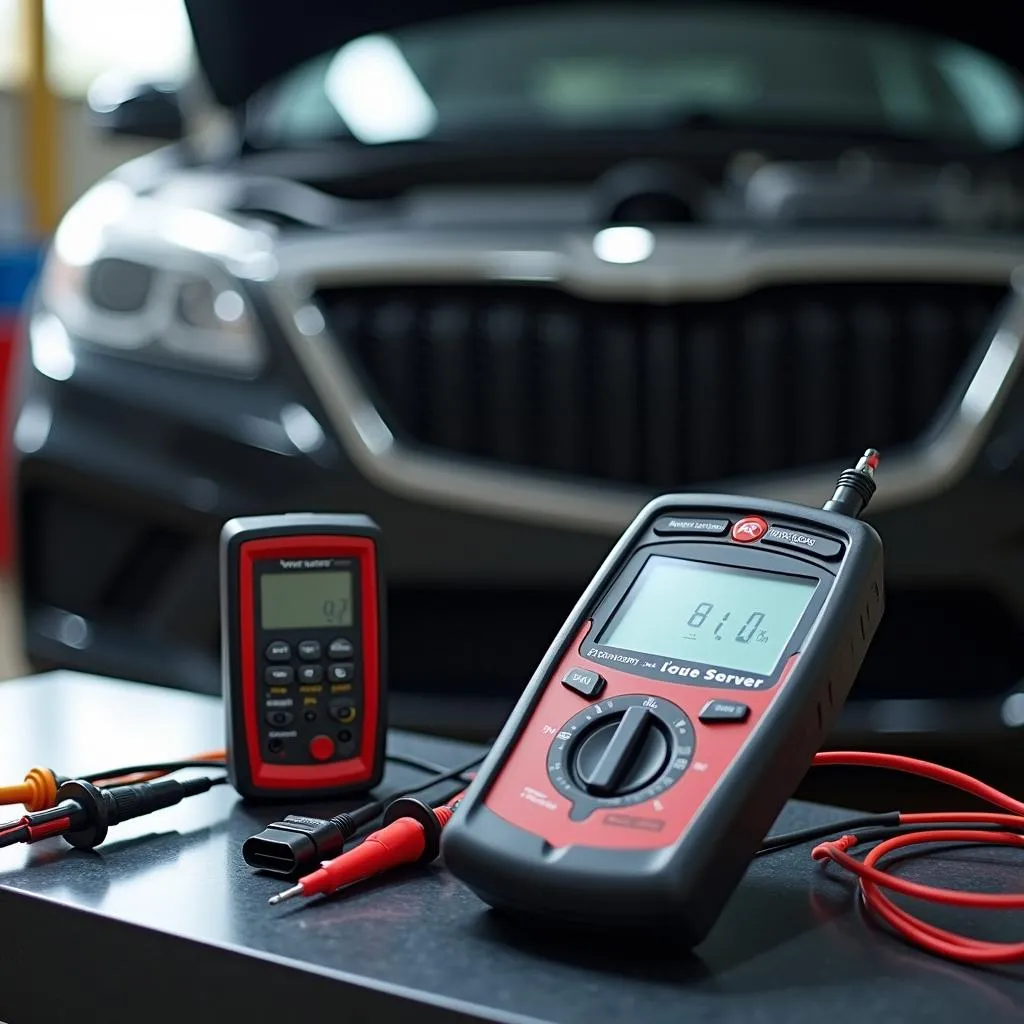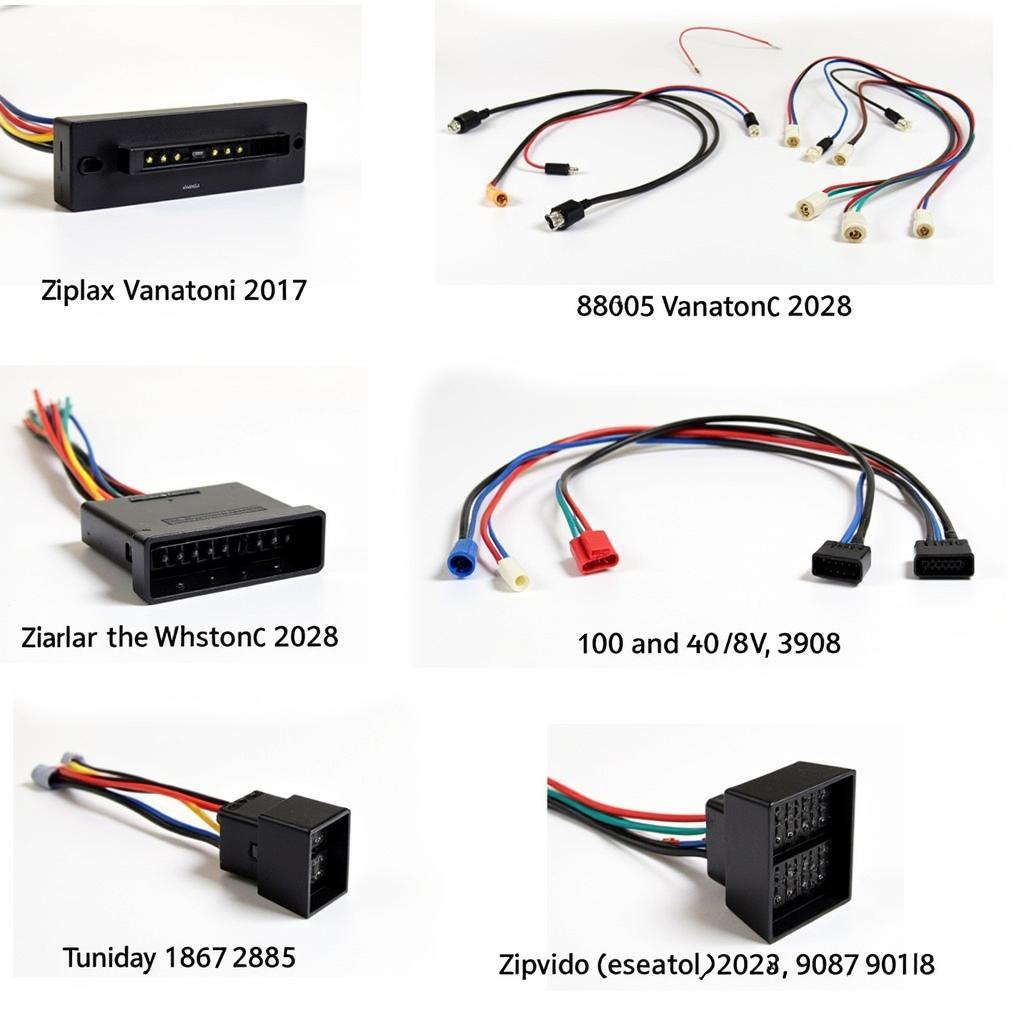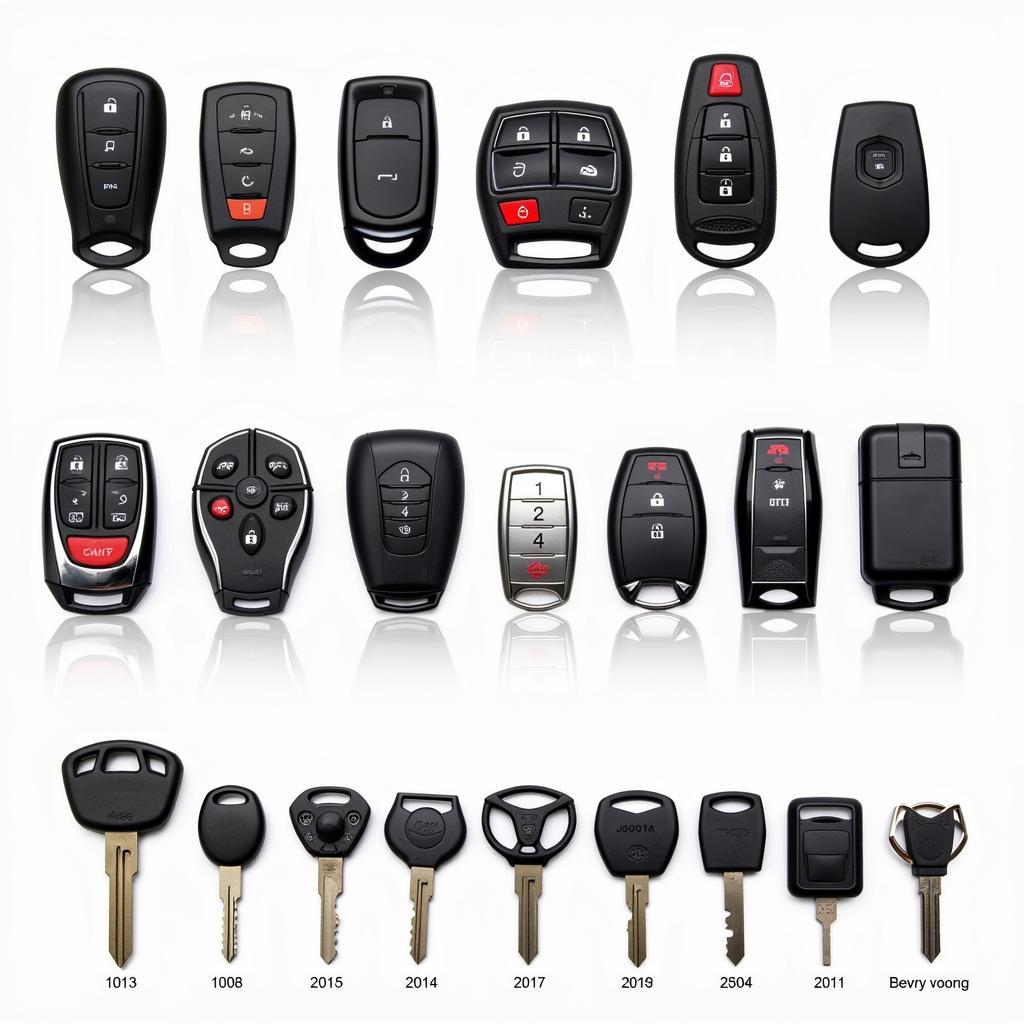A flashing anti-theft light on your dashboard can be a real pain. Not only does it drain your battery, but it can also prevent your car from starting. Luckily, there are a few things you can do to troubleshoot and potentially fix the issue yourself. This guide will walk you through the common causes, symptoms, solutions, and even answer frequently asked questions to help you get back on the road.
Why is My Anti-Theft Light On?
Your car’s anti-theft system is designed to deter thieves. When it detects something unusual, like an incorrect key or a tampered ignition, it activates, often triggering the anti-theft light. Here are a few common culprits:
- Weak or Dead Car Battery: Your anti-theft system needs juice to function properly. A weak battery can disrupt this, causing the system to malfunction and trigger the light.
- Faulty Key Fob Battery: If your key fob’s battery is dying, the system may not recognize the signal and interpret it as an attempt to steal your vehicle.
- Malfunctioning Ignition Switch: A faulty ignition switch can send mixed signals to the anti-theft system, making it think someone is trying to hotwire the car.
- Damaged Wiring: Corrosion or damage to the wiring connected to your anti-theft system can disrupt the communication flow, leading to a false alarm.
Recognizing the Signs of Anti-theft System Issues
Besides the obvious flashing light, there are a few other telltale signs that your car’s anti-theft system is acting up:
- Engine Cranks But Won’t Start: This is a classic sign that your anti-theft system is preventing the engine from igniting.
- Clicking Sounds When Starting: If you hear rapid clicking coming from the engine bay when you try to start your car, it could be the starter motor being blocked by the anti-theft system.
- Car Horn Honking or Lights Flashing: Some anti-theft systems will also honk the horn or flash the headlights as an additional deterrent.
 Car Dashboard with Flashing Anti-theft Light
Car Dashboard with Flashing Anti-theft Light
What Do I Need to Fix My Anti-Theft System?
Before you jump into troubleshooting, having the right tools can save you time and headaches. Here’s what you might need:
- Car Manual: Your car manual is your best friend. It contains specific information about your car’s anti-theft system and how to reset it.
- Spare Key Fob: Trying a spare key can quickly identify if the issue lies with your primary key fob’s battery.
- Voltmeter: A voltmeter can check your car battery’s voltage to rule out a weak or dead battery as the cause.
- Code Reader: If the problem is more complex, a code reader can help you identify specific error codes stored in your car’s computer. For a more specialized approach, consider tools like those offered by Cardiagtech.
 Essential Car Diagnostic Tools: Voltmeter and Code Reader
Essential Car Diagnostic Tools: Voltmeter and Code Reader
How to Turn Off the Anti-Theft Light and Reset the System
The solution to turning off your anti-theft light will depend on the root cause. Here are some troubleshooting steps you can try:
- Check Your Car Battery: Use a voltmeter to check your battery’s voltage. A reading below 12 volts usually indicates a weak battery that needs charging or replacing.
- Replace Key Fob Battery: If you suspect your key fob battery is dead, try using your spare key to start the car. If that works, replace the battery in your primary key fob.
- Try the Key in the Door Lock: On some vehicles, locking and unlocking the driver’s side door manually with your key can help reset the anti-theft system.
- Consult Your Car Manual: Your car manual will have specific instructions on how to reset your particular anti-theft system. This may involve a sequence of steps, like leaving the key in the ignition for a certain amount of time or disconnecting the battery.



